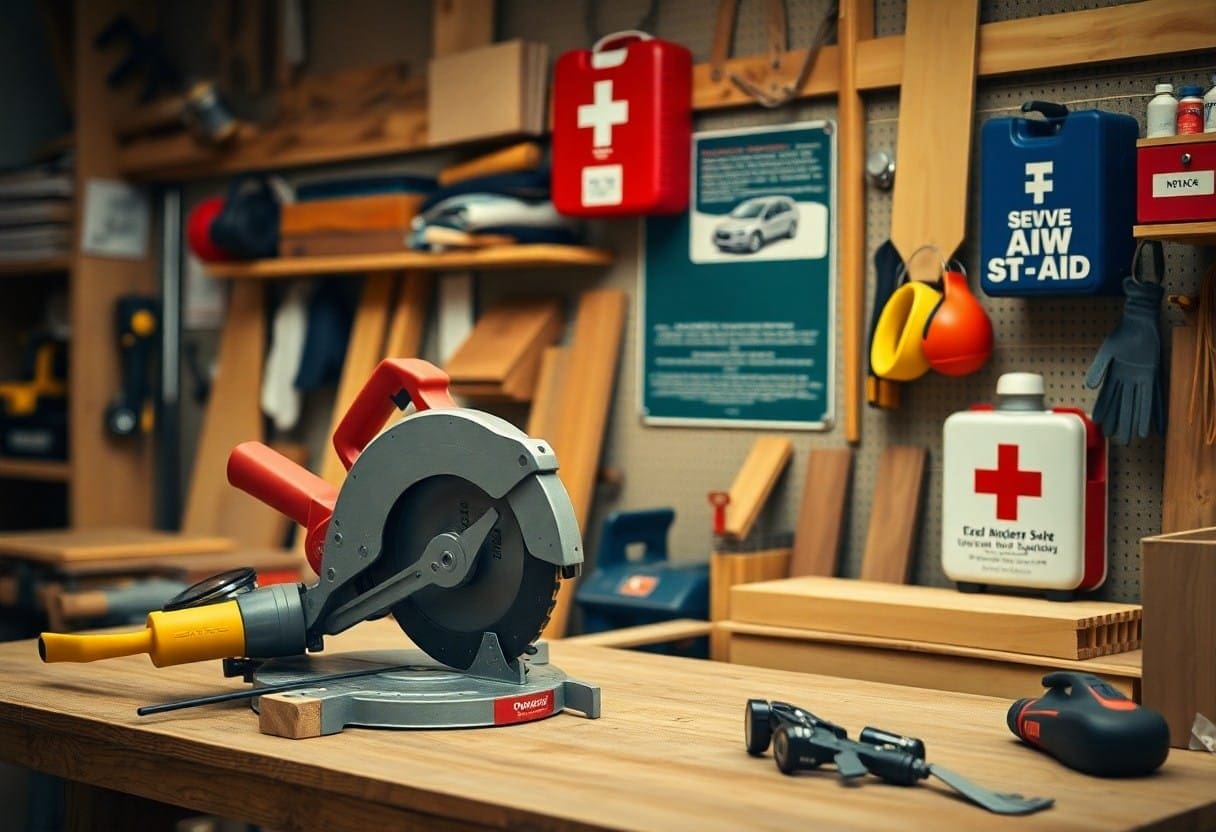Gear up before you start any sawing project. Understanding the necessary equipment and safety practices is vital to ensuring a successful and safe experience when using a saw, whether it’s a hand saw, circular saw, or table saw. This guide will help you navigate through the crucial gear and recommend practices to keep you safe while you work.
First, let’s discuss the crucial safety gear. Always wear safety goggles to protect your eyes from flying debris. A good pair of gloves can also provide grip and prevent injuries from sharp edges, but make sure they fit snugly. Loose gloves can get caught in the saw’s moving parts, leading to accidents. Additionally, consider wearing hearing protection, especially if you’re using power saws, since they can produce noise levels that may damage your hearing over time.
Your attire plays a significant role as well. Wear close-fitting clothes and avoid loose garments or accessories such as scarves or jewelry that could get trapped in the saw. Steel-toed boots are recommended to protect your feet in case heavy equipment or cut materials fall. A dust mask may also be necessary if you’re working in an area where sawdust or other particles could be harmful to your respiratory system.
Now that you’re equipped with the right personal protective equipment, let’s review some crucial practices for using a saw safely. Always read the user manual that comes with your saw, particularly if it’s your first time using that particular tool. Familiarize yourself with the parts of the saw, as well as the specific safety features it offers, such as blade guards or emergency shut-offs.
Before you start cutting, ensure your workspace is clear of any hazards. Keep the area free from clutter, and position yourself so that you have stable footing and can see your work clearly. When using a power saw, check the power source and make sure all safety guards are in place and functioning before plugging it in. Always ensure the blade is sharp; dull blades can lead to miscuts and increase the risk of injury.
When preparing to cut, secure your material properly. Use clamps to hold your workpiece in place. This prevents it from moving during the cutting process, which can lead to inaccuracies and potential injuries. Always keep your hands and body parts clear of the cutting line; if you need to support the material, do so with push sticks or auxiliary supports designed for safety.
As you operate the saw, maintain full concentration. Avoid distractions and never attempt to cut materials at awkward angles. Always let the saw come to a complete stop before removing the cut material or adjusting your workpiece. If someone approaches you while you’re cutting, communicate that you’re about to make a cut, as they should step back to keep a safe distance.
By equipping yourself with the right gear and following these crucial practices, you’ll create a safer environment for using a saw. Prioritizing safety enhances not only your well-being but also the overall quality of your projects.




